13. The Eye of the Beholder
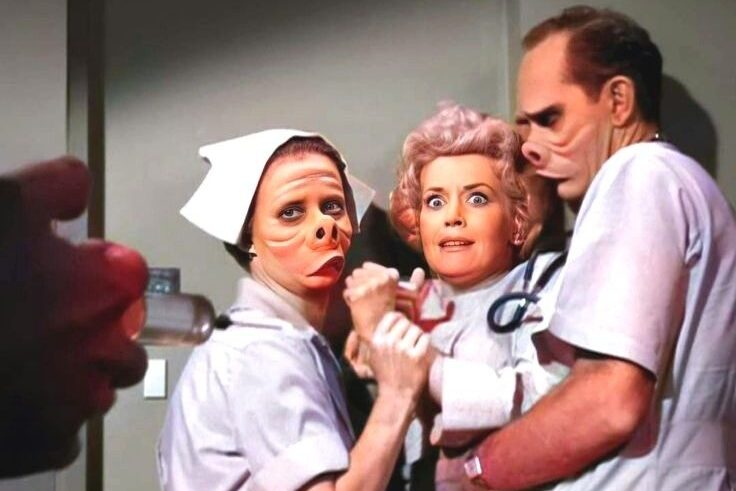
True beauty, this episode insists, is far more than skin deep. Following a woman undergoing successive surgeries to “fix” her appearance, the story builds to a thought-provoking twist about society’s standards of normalcy and ugliness. The chilling atmosphere and the tension of waiting for the reveal keep viewers on edge. Ultimately, “The Eye of the Beholder” challenges viewers to reconsider their own perceptions of beauty and conformity. It remains a powerful statement about acceptance and the human cost of enforced uniformity, striking a chord that is still relevant today.
12. The Obsolete Man
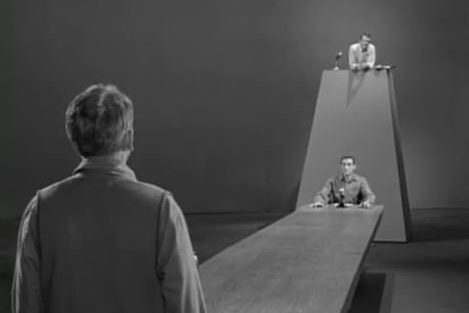
In a grim future where conformity reigns, a librarian is deemed “obsolete” and sentenced to death, a chilling reflection on how society can silence individuality. Rod Serling’s sharp wit shines through here, warning that when governments control knowledge and label people as expendable, freedom dies. It’s a powerful, suspenseful story that resonates even today, reminding us why defending diverse ideas and free expression is crucial. The episode stands out because it blends dystopian sci-fi with a deeply human plea, don’t let the urge for control erase what makes us unique.
11. A Stop at Willoughby
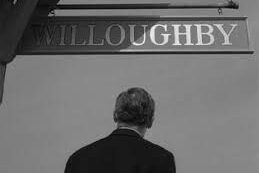
Who hasn’t daydreamed of escaping stress for a peaceful, simpler place? This episode taps into that longing through a businessman’s dreams of Willoughby, a serene town untouched by modern woes. The twist, where the line between life and death blurs, leaves viewers contemplating what truly matters: a peaceful mind or the harsh realities we face. Rod Serling crafts this story with a gentle yet haunting tone, exploring themes of escape, contentment, and the costs of the relentless chase for success.
10. Five Characters in Search of an Exit
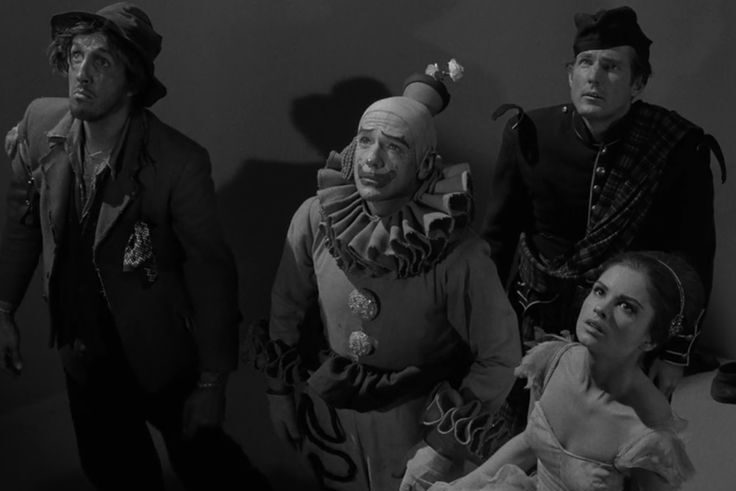
Imagine waking up in a strange, empty place with no clues about who you are. Here, a soldier, clown, ballerina, hobo, and bagpiper grapple with their puzzling situation inside a giant cylinder. The heartfelt finale reveals their true nature in a way that stirs empathy and wonder. This episode explores identity and purpose, making us question how much control we have over our existence. It’s brilliant storytelling packed with mystery and emotional depth, keeping audiences engaged from start to finish.
9. The Hitch-Hiker
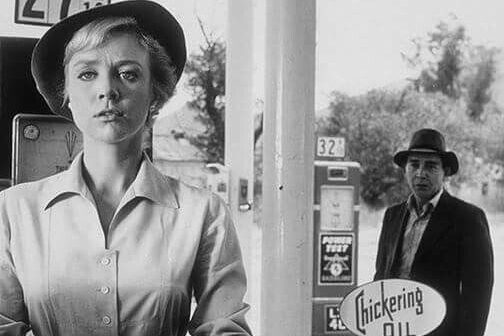
A woman’s unsettling journey across America is interrupted repeatedly by the same eerie hitchhiker, a figure whose chilling presence grows with every encounter. The suspense is built masterfully, leading to a final revelation that still gives viewers goosebumps. This episode showcases the Twilight Zone’s knack for turning a simple premise into a haunting exploration of fear and fate. It’s an example of how restraint and atmosphere can make an ordinary road trip unforgettable and terrifying without graphic scares.
8. The Invaders
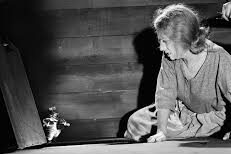
A rare wordless episode, it follows a lone woman battling tiny alien invaders in her remote home. Agnes Moorehead’s performance without dialogue is haunting and compelling, drawing viewers into her isolation and fear. The twist ending, revealing who the real invaders are, cleverly flips expectations and underscores themes of perception and perspective. This episode is a testament to the show’s experimental style and its ability to tell a profound story relying purely on mood and visual storytelling.
7. Living Doll
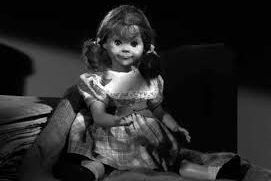
You might think a doll is harmless, but Living Doll flips that idea on its head with “Talky Tina,” a seemingly innocent toy with a sinister streak. This episode is a clever mix of domestic tension and supernatural unease, highlighting how ordinary things can harbor extraordinary threats. The chilling conversations between the doll and the stepfather build suspense in a way that stays with viewers long after the credits roll. It taps into the primal fear of losing control, especially to something too small to fight back, while exploring family dynamics through an eerie lens. “Living Doll” stands out as a creepy cautionary tale about the things we trust most.
6. Monsters on Maple Street
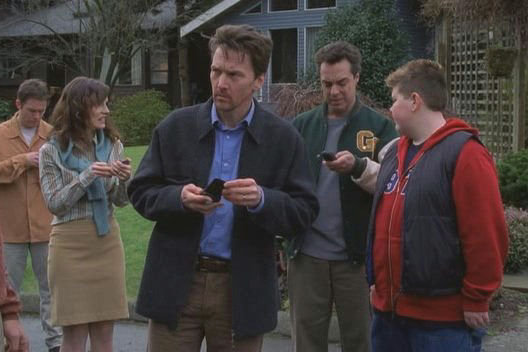
When power suddenly cuts out on a quiet suburban block, mistrust and paranoia spread like wildfire in this sharp social commentary. The residents of Maple Street turn on one another, convinced that aliens have invaded, but the real menace surfaces in their unraveling minds and mob mentality. It’s a powerful allegory about fear of the unknown and how quickly suspicion can corrupt communities. Rod Serling cleverly exposes how paranoia can be more destructive than any external threat, making this episode incredibly relevant across decades. Watching neighbors become enemies offers a sobering lesson on the dangers of prejudice and hysteria.
5. Walking Distance
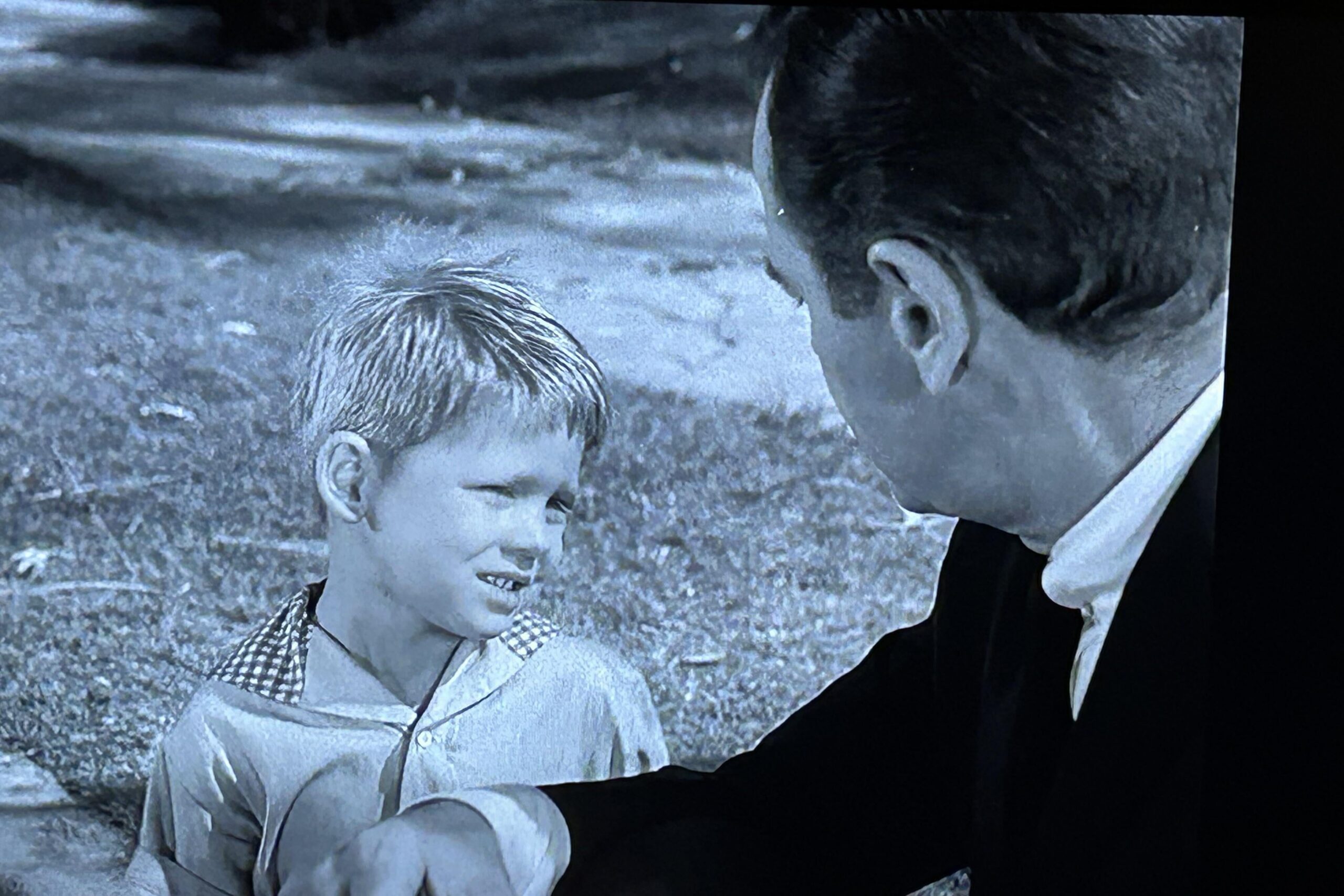
The desire to revisit the past runs deep in this poignant story of a man who returns to his childhood town only to realize that time’s river flows one way. “Walking Distance” captures that bittersweet mix of nostalgia and acceptance, reminding us that no matter how fond we are of simpler days, we can’t truly go back. The episode’s gentle tone and reflective mood provide a heartfelt contrast to other Twilight Zone tales filled with fear and suspense. Serling’s personal connection to this story shines through, creating an emotional experience that resonates with anyone who’s ever longed to relive a happier time.
4. It’s a Good Life
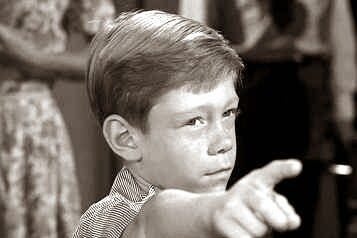
Imagine a child with the power to shape reality, and wield it with terrifying whimsy. This episode masterfully portrays a small town held hostage by a boy with godlike abilities, turning what should be innocent into a source of dread. The tension comes not just from his power but from the desperate attempts of the townspeople to appease him and avoid his wrath. “It’s a Good Life” is an unsettling exploration of fear and control that feels all too human. It has become one of the most memorable Twilight Zone stories because of how it taps into primal fears about power in the hands of the unrestrained.
3. To Serve Man
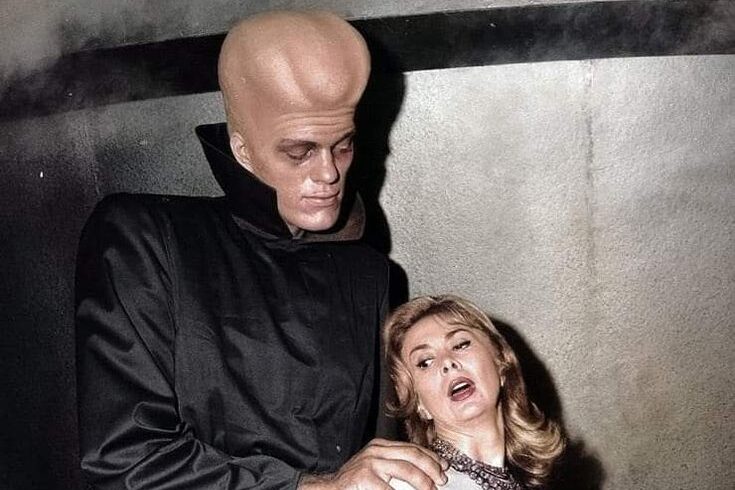
Nothing says unsettling like an alien arrival that promises peace and prosperity, but with a catch. “To Serve Man” is famous for its twist ending that flips the entire episode when a mysterious book titled “To Serve Man” turns out to be a cookbook. This episode brilliantly plays on human trust and gullibility in the face of the unknown, turning science fiction into a deliciously dark metaphor. The clever wordplay and dramatic buildup keep viewers guessing, making it one of the most quoted and enduring stories from the series. It reflects our fears about what hidden agendas may lie beneath seemingly benevolent offers.
2. Time Enough at Last
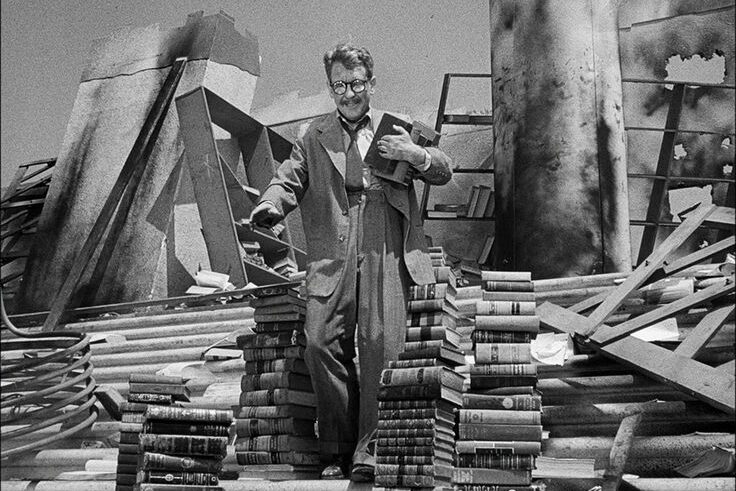
If you’ve ever wished for a quiet moment to enjoy your favorite hobby, this one will hit home, but with a heartbreaking twist. In this episode, a book-loving man survives a nuclear war and finally has all the time to read without interruption. Just when it seems his wish has come true, fate cruelly intervenes, snapping the joy from his grasp. “Time Enough at Last” isn’t just about loneliness, it’s about the cruel ironies of life and the fragility of happiness. The poignant ending leaves viewers reflecting on what truly matters and the unpredictable turns life can take, wrapped in Serling’s tender storytelling.
1. Nightmare at 20,000 Feet
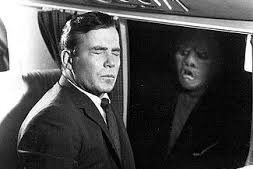
There’s no better way to end than with an iconic episode that blends paranoia and suspense at cruising altitude. William Shatner’s character spots a gremlin sabotaging his airplane’s wing, but no one believes him. His growing panic and isolation build to an edge-of-your-seat crescendo, demonstrating the Twilight Zone’s unmatched skill in psychological horror. “Nightmare at 20,000 Feet” captures the essence of fear of being disbelieved and losing control, something we all can relate to in different ways. It’s a perfect showcase of how the show mixed relatable human emotions with fantastical horror to create television history.
10 Strange but True Facts About The Twilight Zone
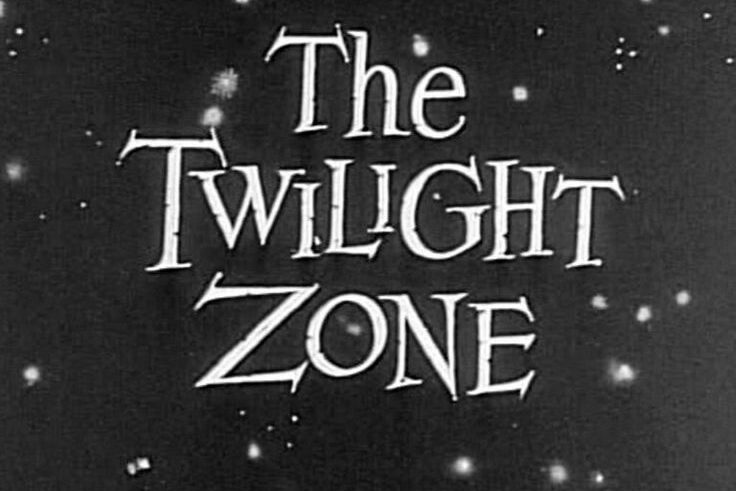
Here are 10 strange but true facts about this iconic sci-fi series that will take you on a journey beyond the fifth dimension.
1. Rod Serling Was the Driving Force
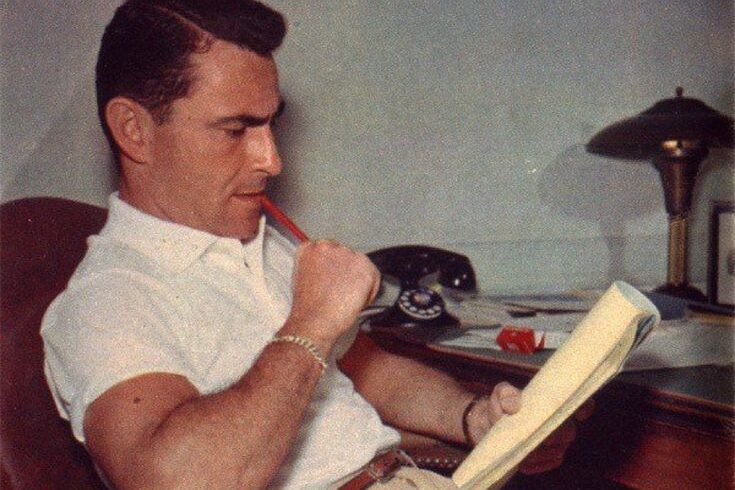
When you think of The Twilight Zone, Rod Serling’s the host, and voice, but did you know it was vision? Not only did he create the show, but he also wrote an impressive 92 of the 156 original episodes. Picture this: Serling working late, often chain-smoking, pushing boundaries with stories about racism, war, and humanity’s darker sides, all while negotiating with CBS censors who found some themes too controversial. His powerful writing gave the show a unique voice that combined social commentary with eerie, thought-provoking tales. This personal touch made the episodes feel raw and real, even in supernatural settings, setting the tone for a legendary series that was more than just entertainment.
2. The Famous Theme Song Was Stock Music

That spooky, unforgettable four-note guitar riff you hear in Season 2? Surprisingly, it wasn’t specially composed for The Twilight Zone. The show’s producers chose it from a library of stock music after dropping the original theme. This simple piece of music somehow captured the mysterious and unsettling atmosphere perfectly, becoming one of TV’s most iconic opening themes. It’s a reminder that sometimes great art comes from unexpected places, even from pre-existing music that fits like a glove.
3. It Almost Had a Different Name
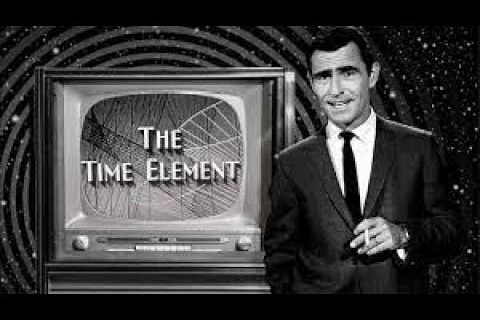
Before The Twilight Zone became a household name, Rod Serling’s first pilot was called The Time Element. CBS initially rejected it, but later aired it as part of another show. This early story had all the hallmarks of what The Twilight Zone would become, mysterious, clever, and emotionally gripping. Had things gone differently, we might have remembered the series under that title, but thankfully, the eventual name has become synonymous with strange, unforgettable tales that blur reality and imagination.
4. Orson Welles Turned Down the Narrator Role
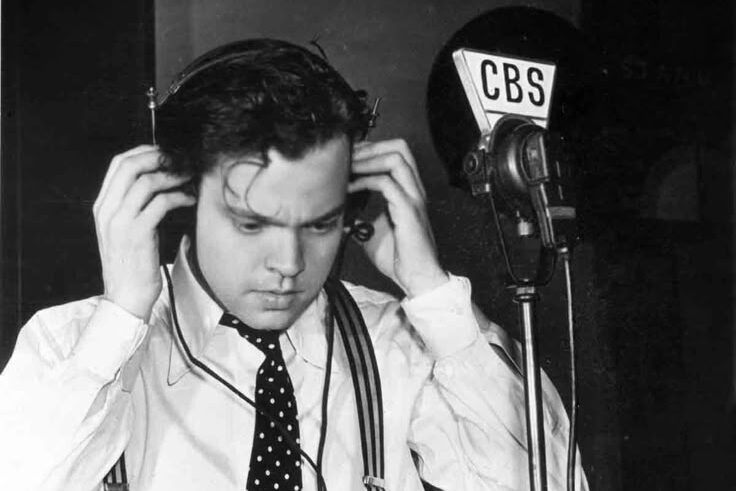
Imagine if the legendary Orson Welles had narrated The Twilight Zone. Serling originally wanted him to be the voice welcoming viewers into the strange new world each episode offered. But Welles’ asking fee was too high for the show’s budget. As a result, Serling took on the role himself, narrating and guiding the audience through each story. His distinctive voice and presence became integral to the show’s charm, proving sometimes limitations lead to iconic decisions.
5. Launching Pad for Big Stars
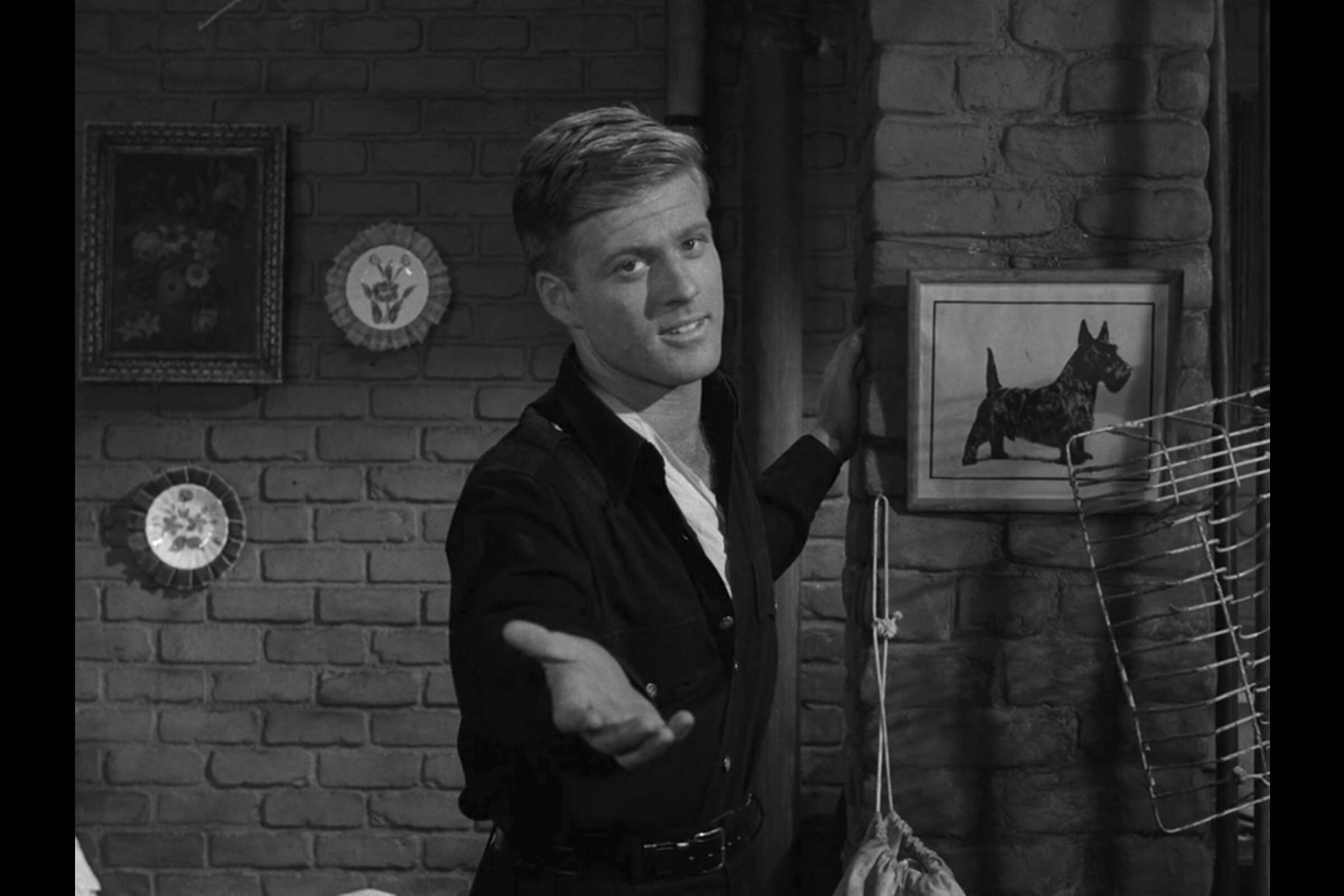
Many famous actors we recognize today got their first TV breaks on The Twilight Zone. Legends like Robert Redford, Carol Burnett, Dennis Hopper, and Leonard Nimoy appeared in early episodes, honing their craft in these strange, captivating stories. The show became a proving ground for talent, mixing established stars with newcomers. Watching those episodes today is like spotting future icons in their very first steps toward stardom, reminding us how the strange tales also shaped real careers.
6. CBS Thought the Show Was Too Weird
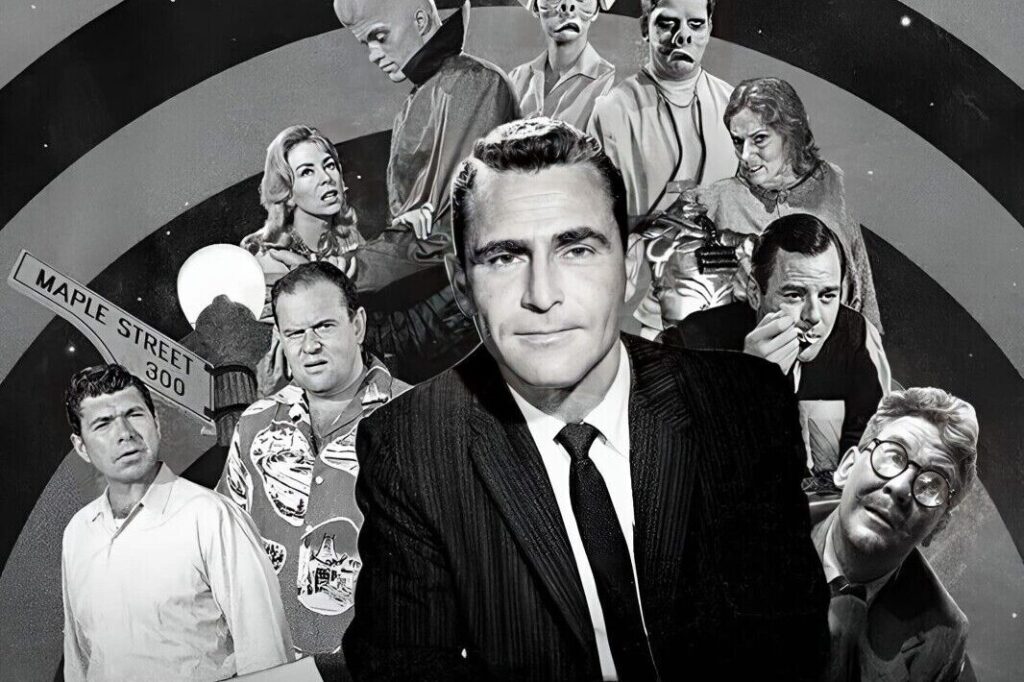
The Twilight Zone’s mix of dark themes and cerebral storytelling didn’t sit comfortably with everyone at CBS. Network executives worried that its haunting plots and sometimes unsettling messages were “too depressing” for primetime audiences. They feared it might alienate viewers who tuned in for lighter entertainment. Yet, the show’s willingness to explore uncomfortable subjects, like war, prejudice, and existential dread, set it apart and helped it stand the test of time. Its success paved the way for television to tackle deeper issues, proving that audiences are open to shows that challenge as well as entertain.
7. “Submitted for Your Approval” Wasn’t Always Part of the Show
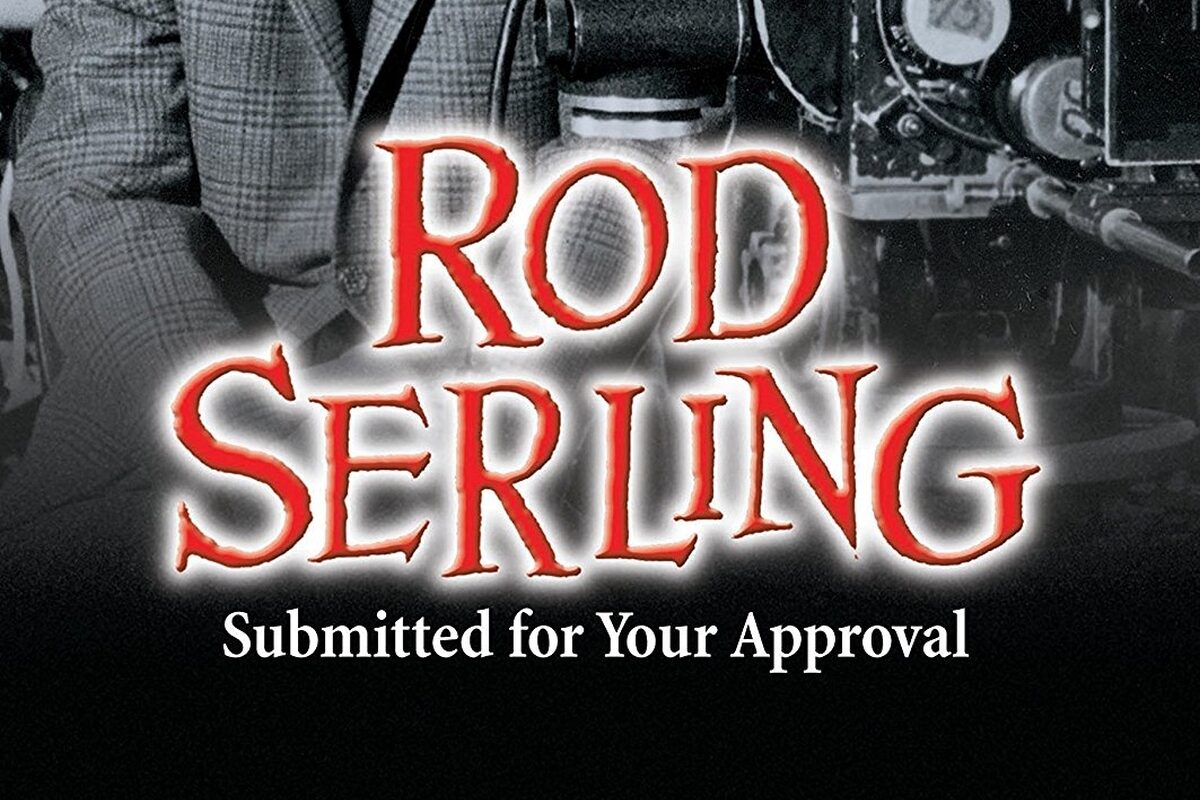
You might recognize the famous line “Submitted for your approval,” which Serling used to welcome viewers. However, this phrase wasn’t originally part of the show’s introduction and only appeared in later seasons, and even then, not in every episode. This gradual evolution of Serling’s intros helped to shape the show’s iconic atmosphere, adding a formal yet inviting touch that prepared audiences for the strange tales ahead. It’s a small but memorable detail that reflects how the show grew into its legendary status over time.
8. Sci-Fi Legends Inspired Many Plots
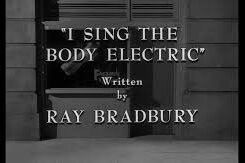
The Twilight Zone didn’t just write its stories in isolation. It adapted plots from some of the greatest science fiction writers of the time, including Ray Bradbury, Richard Matheson, and Charles Beaumont. Bringing these literary talents onto the small screen helped The Twilight Zone earn respect among science fiction enthusiasts and critics alike. Episodes based on their stories often featured clever twists and profound ideas, helping to legitimize sci-fi as a serious genre on TV instead of just simple entertainment. This collaboration enriched the series with diverse ideas and themes that continue to inspire.
9. Influenced Modern Shows from Black Mirror to The Simpsons

The influence of The Twilight Zone stretches far beyond its original run. Modern anthology series like Black Mirror owe a debt to its signature structure of standalone episodes with twist endings and moral dilemmas. Even animated shows like The Simpsons have paid homage to its storytelling style through parody and pastiche. This reach highlights how Serling’s creation shaped TV storytelling by showing how speculative fiction could explore deep social and philosophical questions in an entertaining way. It’s a testament to how the show’s DNA lives on in many genres today.
10. Named One of the Greatest TV Shows Ever
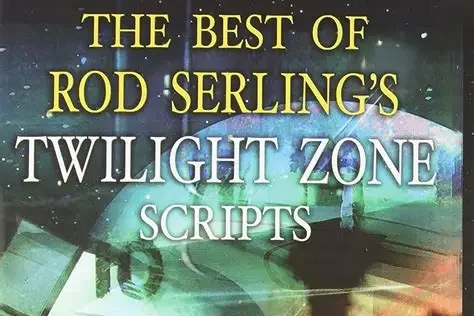
Finally, the legacy of The Twilight Zone is undeniable. This groundbreaking series has been recognized by major publications like Time magazine, TV Guide, and Rolling Stone, celebrating it as one of the greatest and most important TV shows ever made. Its blend of storytelling, social commentary, and haunting atmosphere set standards that still influence television today. Many who experience it once become lifelong fans, returning to its murky, fascinating worlds again and again. And with each viewing, it continues to surprise and provoke thought, proving that great art never fades.
This story The 13 Best Twilight Zone Episodes, Ranked, And 10 Strange But True Things You Never Knew About the Show was first published on Daily FETCH


